GHB: The drug used as a 'rapist's weapon of choice'
- Published
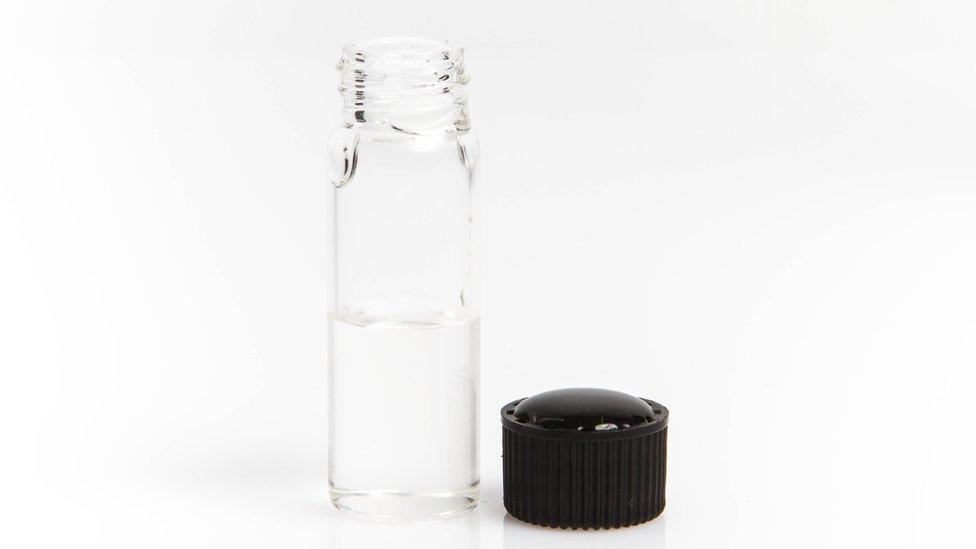
When Reynhard Sinaga took a victim back to his flat, he would drug them unconscious before launching his assault.
Following his conviction for 159 sex offences, Home Secretary Priti Patel called for a review of controls for drugs like GHB.
What is GHB?
Although it is sometimes referred to as a date rape drug, GHB (gamma-hydroxybutyrate) is actually used recreationally and consensually.
It is fairly common for gay men to use it during chemsex - when drugs are used to enhance sex between two or more partners - but it is also used by heterosexuals as a party drug.
But rapists use GHB as a weapon - one recent survey estimated more than a quarter of those polled were sexually assaulted whilst unconscious.
GHB is a separate but almost identical drug to GBL (gamma-butyrolactone), a substance sold legally as an industrial solvent but which becomes GHB once it enters the body.
Together the drugs are known as "G", and both come in the form of a clear, odourless, oily liquid that is diluted in soft drinks and swallowed.
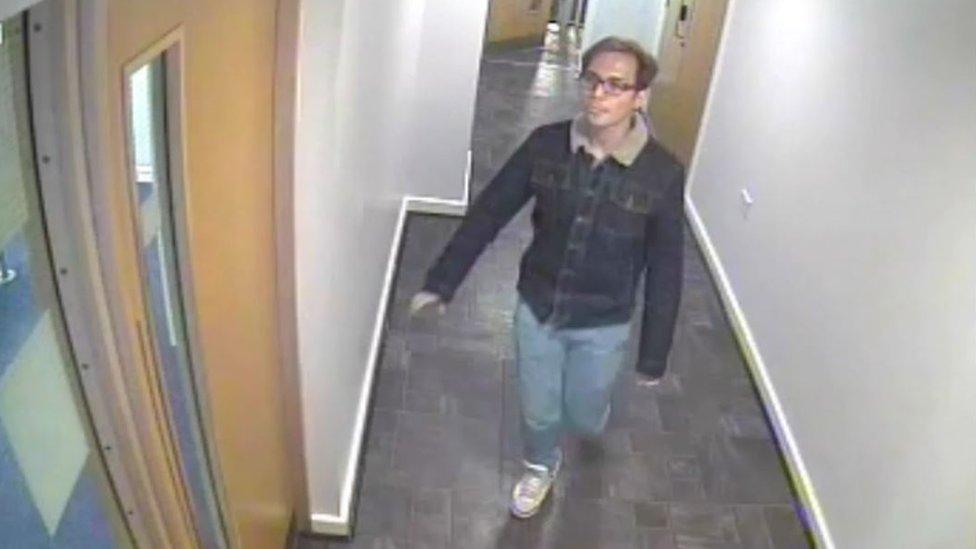
Jurors were shown CCTV footage of Sinaga leaving his flat on the hunt for victims
What does it do?
G can give users a feeling of euphoria and can increase their sex drive. But increasing the dose by a fraction, even less than a millilitre, can be fatal.
Overdosing on G - which is particularly easy when it is mixed with alcohol or other drugs, and when the strength in bottles varies - can make people incoherent, suffer convulsions, lose consciousness and stop breathing altogether.
Professor Adam Winstock, consultant psychiatrist and founder of the Global Drug Survey, warns: "It's a drug that poses huge risks when people are out there trying to use it for fun."
"If you take one drop extra of GHB, then 20 minutes later you're unconscious," he says.
How many deaths have been linked to GHB?
According to official figures from the Office for National Statistics, there were 120 deaths in England and Wales between 2014 and 2018 that involved GHB.
But the total number could be much higher - GHB is not part of routine toxicology tests after sudden deaths. According to Professor Winstock, the drug can be difficult and expensive to detect.
And sexual assaults?
It is also difficult to know for sure how many sexual assaults are connected to GHB.
Before Sinaga's conviction, perhaps the highest profile case was that of convicted serial killer Stephen Port, who was given a life sentence in 2016 for poisoning four young men with lethal doses of the drug.
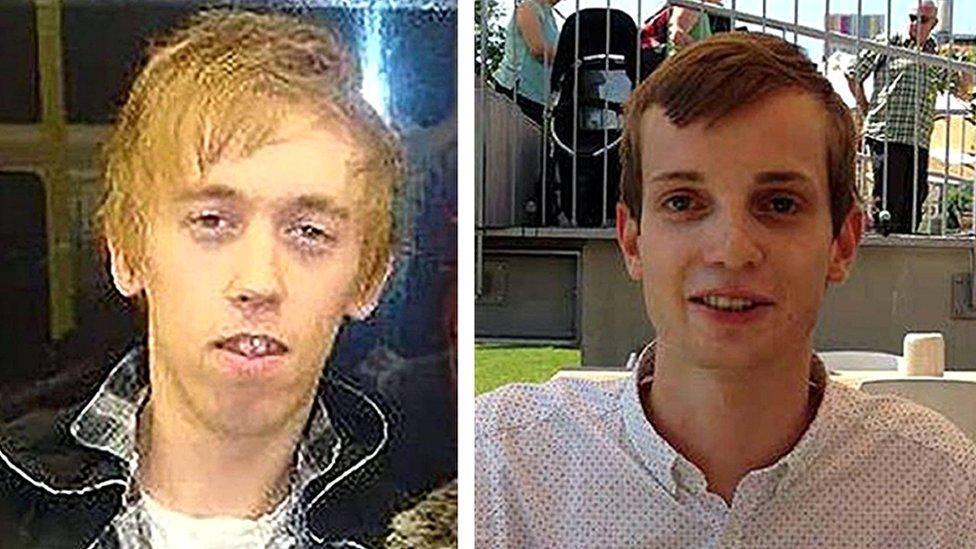
Anthony Walgate (L) and Gabriel Kovari (R) were Stephen Port's first victims
Of the 2,700 gay and bisexual men who have used G that responded to a survey conducted by BuzzFeed News, external and Channel 4 Dispatches last year, 28% said they had been assaulted.
Patrick Strudwick, BuzzFeed News' LGBT editor and presenter of the Channel 4 documentary Sex, Drugs and Murder, calls G "a rapist's weapon of choice in 2020".
"Because... it can be slipped into someone's drink without them knowing and because it can very easily lead to unconsciousness, it is therefore ripe for use by predators," he says.
An additional obstacle to knowing the scale of the problem is that victims often don't report it to the police, says Professor Winstock.
People can feel uncertain about what happened, and whether a crime occurred, he says, as well as shame, guilt and fear "of having to disclose information that they may find very embarrassing", he says.
Some also fear they could be investigated for drugs offences.
Is it addictive?
A dependence on G can develop quickly, and Professor Winstock warns that anyone who has taken it daily should not try to stop without medical help.
"People can become physically dependent, and withdrawal can be life-threatening," he says.
The long term effects of taking G repeatedly are not yet known.
How common is it?
Like many illicit drugs, the prevalence of G is hard to track as it does not feature in national drug use surveys.
But Strudwick says G is "very easy to find and to buy if you know where to look" because of the "legal loophole" that means GBL can be sold for industrial use - as a paint stripper, among other things.
"Companies are shipping it to people in Britain, advertising it online... Once sold in large quantities, it can then be distributed and supplied by dealers in smaller quantities through dating apps such as Grindr," he says.
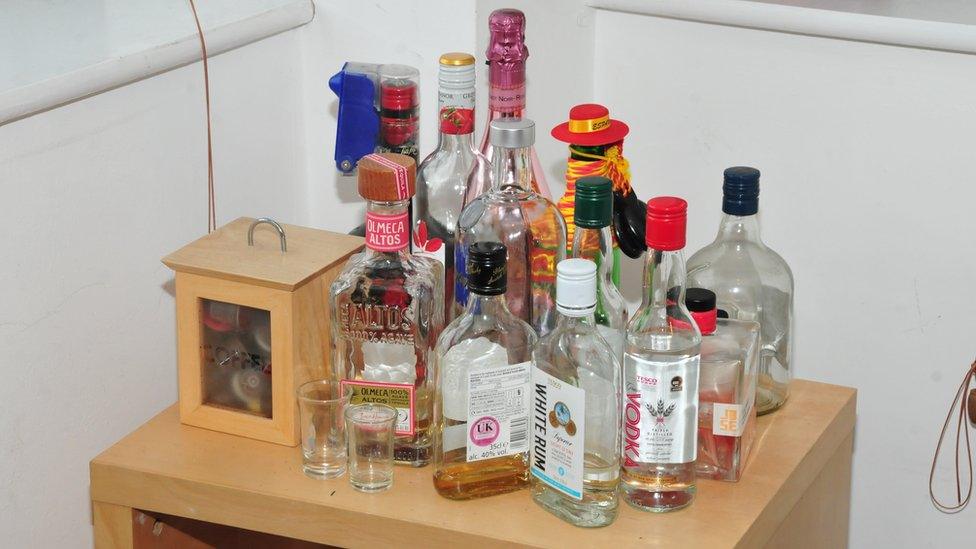
Evidence given in Sinaga's trial suggested he drugged the men by giving them spiked drinks
Where does it come from?
GHB was developed in the 1960s as an anaesthetic, but was discontinued because of its side effects.
During the 1980s, it was used as a sleep aid and a supplement for body building.
Is it illegal?
GHB has been a Class C drug since 2003, when it was brought under the Misuse of Drugs Act.
Although GBL is used legally in industry, it has also been a Class C drug since 2009, and anyone who supplies or possesses it, believing that it will be consumed, is breaking the law.
Possessing either drug can warrant up to two years in prison with or without an unlimited fine, and supplying can result in up to 14 years with or without such a fine.
Dr Winstock says that increasing the class would make "absolutely no difference" to its usage, and would discourage people from seeking help.
Instead he says the government should focus on educating people so that drugs can be used more safely, and on promoting "honest conversations" about their use.
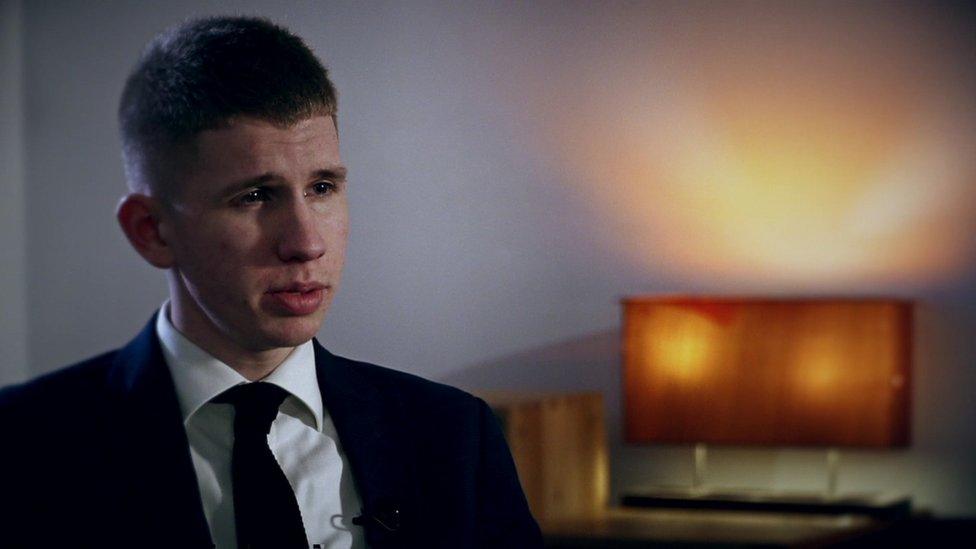
Sam Michels' father Eric died after he was given a fatal dose of GHB
The family of Eric Michels, who was murdered with an overdose of GHB in 2018, have been campaigning for the drug to be reclassified as Class A.
His son Sam told the BBC it was "a really, really dangerous drug" which had killed multiple people, including his dad.
If you have been affected by the issues raised in this article, help and support can be found at BBC Action Line.

- Published6 January 2020

- Published6 January 2020
